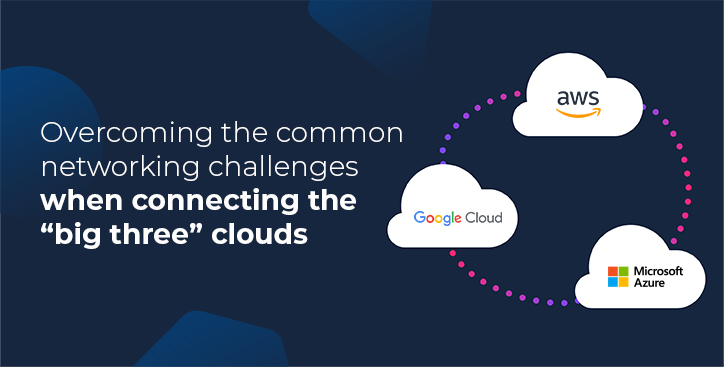Over the last few years, the push towards a more agile approach to remote working has been making slow inroads. I recall five years ago, working at a major telco and informing customers that telepresence suites would eventually make large, expensive offices a thing of the past. At the same time I was being told by management that working from home was an extremely undesirable behavior. As the years have passed, the stigma has faded.
The problem, for almost every industry, is that the pace of change is increasing exponentially. The climate change movement has made a carbon footprint something to be actively managed. Flying is, at least on the surface something that has fallen out of fashion. In the current political environment flying across Europe for a two-hour meeting may eventually become a thing of the past.
A glimpse of things to come
The Coronavirus (COVID-19) outbreak is giving businesses an unwelcome taste of the future now, where long distance travel and commuting are restricted to genuine essential need. Many network and IT teams have entered a frantic phase of crisis planning, hoping to be ready before they find themselves with 90% of their workforce expecting to work from home. Few are expecting this to be trouble free and for many organisations there are still significant technological and cultural barriers to overcome.
Sales is still regarded for many, as a face-to-face business. What do you do when your sales reps cannot travel extensively? Do you have the technology to enable them to demonstrate their products and services remotely? Are they able pull in resources quickly over digital channels to support customer projects? Can you collaborate effectively or are you reliant on a laptop in the room with six people all trying to talk into a mobile speakerphone?
When the biggest mobile technology conference in the world, Mobile World Congress was cancelled in February 2020, the impact was palpable. The need to reach large amounts of prospective clients and partners face-to-face is real, but cloud-based technology can now play a role in enabling the shift to online webinars and interactive digital discussions. Maybe, once the dust has settled, the forced experience of extended remote working will result in fewer corporate representatives feeling the need to fly.
What can we do?
Ultimately, every crisis has a short-term disaster recovery action and longer-term mitigation actions to reduce the risk of it happening in the future. However here, as stressed above, you are not fighting the last war, you’re preparing for the next one.
Crisis Recovery
- What do you need now? Communications, file sharing, access to essential applications? Consider not just your immediate employees, but also customers, supply chain and partners. All of these parties may be accustomed to visiting you on a weekly basis. How are you going to communicate effectively with them and keep your business running?
- Establish policies that allow you to use this technology appropriately. It’s all well and good your IT department setting up a new communication system in a week but it’s not going to be effective if unless HR policies on homeworking have been established.
- Differentiate between convenient and secure. Sure, you could activate consumer solutions to get up and running quickly and cheaply, but is it wise to distribute and access confidential company information on them? Are you breaching ISO requirements? Connecting to that new SaaS provider with standard HTTPS may be convenient, but how much do you really trust HTTPS?
- Security and flexibility can be found with the latest private bandwidth on-demand solutions such as Console Connect, which allow you to turn up bandwidth on a PAYG basis directly between data centres or cloud providers at a moment’s notice.
Long Term
Expect that the trend towards remote working will increase apace. Build on what your company has achieved in the short term and make it sustainable. Hold semi-regular days where all non-essential workers are simply required to work from home. This tests your capabilities, your flexibility and your ability to respond to a crisis and the future.
Bandwidth – A common theme
All of these services require high speed bandwidth and those that are latency sensitive or are carrying critical data can benefit from direct connections to cloud services . Can you still rely on the public internet for your connection to your critical cloud instances? Worse, can you afford the ingress /egress fees for your employees to connect to the public cloud environment over the internet? Is it even secure?
Flexibility in the corporate backbone is key to support all of these things. Bandwidth on-demand providers, such as Console Connect by PCCW Global let you spin up direct, private connections to the public cloud as fast as you can spin up the servers on it.
For many of the cloud-based collaboration and video conferencing software businesses that are experiencing a huge surge in activity, the ability to respond quickly to customer demand with a scalable global network could be the difference between success and failure. Fortunately, on-demand global network services such as Console Connect now can support at the click of a button.


.jpg)





.jpg)

